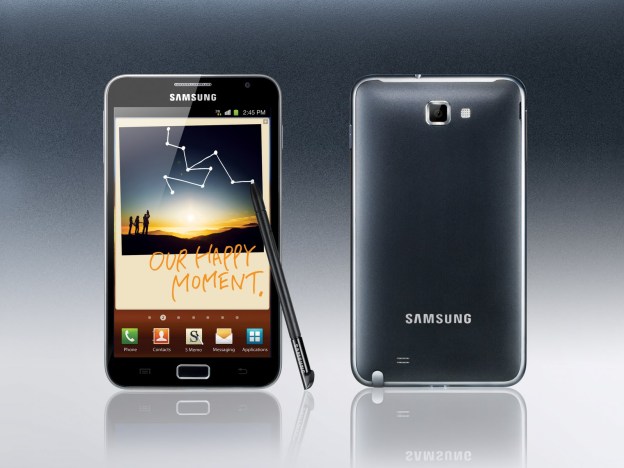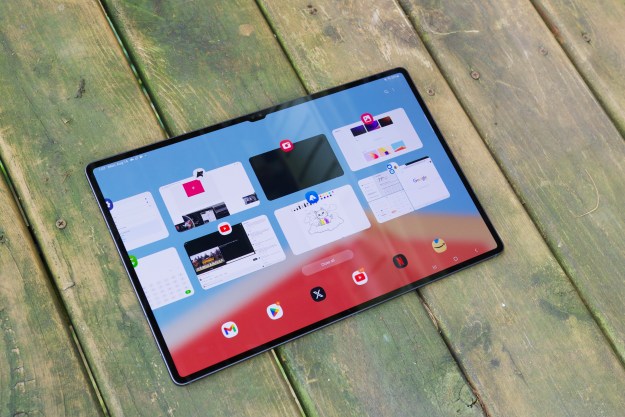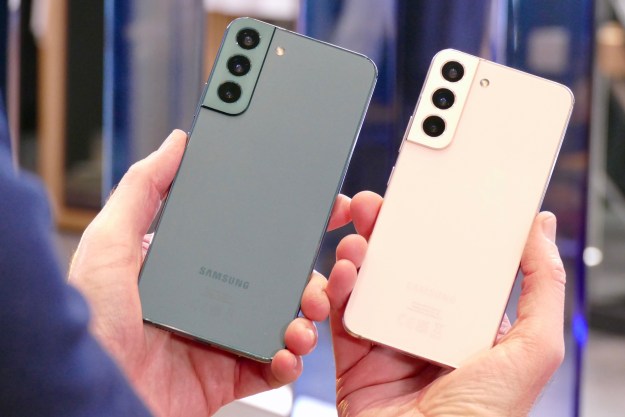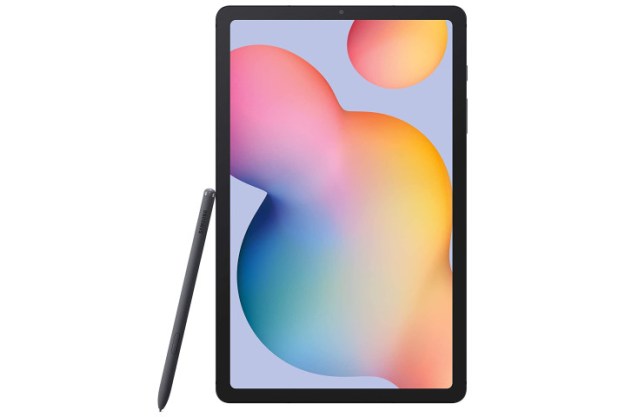
Here’s an interesting, albeit unsurprising development: Samsung’s announced the newest member of its Galaxy lineup of smartphones and tablets. It’s a giant phone. It’s a tiny tablet. Either way, Samsung hopes it will cater to consumers who don’t want to carry around a pair of devices but still have extra-large pockets.
The Galaxy Note is nominally a smartphone, albeit with a massive 5.3 inch HD Super AMOLED display. With a host of tablet-like features, Samsung’s taken to rather breathlessly calling the Note “the next chapter of the mobile industry.” While that may be a particularly egregious bit of PR fluff, the phone’s giant size and the inclusion of Samsung’s digital S pen for on-screen scribing do add to the smartphone/tablet conversation.
It’s also 4G: The Note will have variants for both HSPA+ and LTE.
The Galaxy Note’s biggest drawing point is its display. It’s simply the biggest screen anyone’s ever put in a smartphone, and while it truly is a massive thing to hold against your head, it does offer real advantages. Samsung promises a 180 degree viewing angle, which should make for more relaxed and less-squinty video sharing. The 1280×800 resolution also means less zooming and scrolling when surfing the web and dealing with any business-related tasks like going over PowerPoints. It’s also slimmer than you might expect at 9.65mm thick.
On the hardware side of things, the Note runs a 1.4GHz dual-core processor with 1GB of RAM and 16GB or 32GB of built in storage. It’s slated to ship with Android 2.3, although that may change given the current state of the Apple-Samsung lawsuit battle. The Note has a pair of cameras, one with 8MP on the rear and a 2MP device on the front.
In a throwback to the PDA days (and hinting at its intended professional demographic), the Note has a host of productivity software as well as a built-in stylus that slides right into the phone’s body. The S Pen allows users to scribble to their heart’s content without using their clumsy fingertips. The included S Memo software offers a platform to combine pictures, audio and handwritten notes and drawings that can be packaged and sent via text or email.
So what we’ve got is a giant phone with a high-resolution screen that offers some of the productivity features that made PDAs popular way back when. Is that a successful combination? We think so. With tablets having solidified their place in the market long ago, there certainly users who would like the functionality of a tablet without carrying (or paying for) a second device. For those who can get past the enormity of the device, the Galaxy Note takes the best things about a smartphone and makes them bigger.
Editors' Recommendations
- The Samsung Galaxy Tab S6 with a free S Pen is down to $199
- The best Samsung Galaxy Watch in 2024: Which one should you buy?
- How to fix the ‘Not Registered on Network’ error on a Samsung Galaxy phone
- Best Samsung Galaxy Z Fold 4 deals: Grab the foldable phone for $700
- Every Android tablet we’re expecting in 2024


